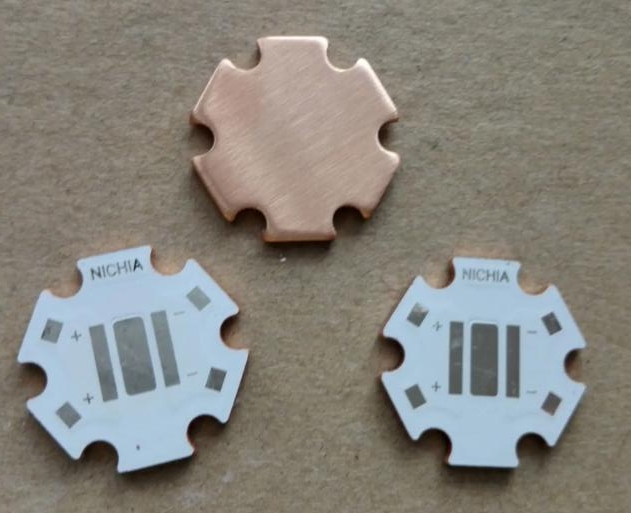
Each rigid and flexible printed circuit board (PCB) is designed differently and can be customized according to the purpose of the PCB. So is the basic material of PCB – glass fiber is a popular basic material, but aluminum based PCB is also very effective in many applications. The aluminum printed circuit board is composed of copper-clad laminates on a metal base, which can provide high performance, including excellent thermal conductivity and electrical insulation.

How to make aluminum PCB?
Aluminum printed circuit board, also known as metal substrate PCB, is composed of metal base plate covered by copper foil circuit layer. They are made of alloy plates composed of aluminum, magnesium and aluminum silicon (Al Mg SI). Aluminum PCB has excellent electrical insulation, good thermal potential and high processing performance, and they are different from other PCBs in many important aspects.
Types of aluminum printed circuit boards
So far, power converter and led company are the biggest users of aluminum pcb. However, automobile and radio frequency (RF) companies also use this type of printed circuit board. Single tier architecture is popular because it’s simple, but there are other configurations available.
Flexible aluminum printed circuit board.
Flexible dielectric is the latest development of insulating metal substrate (IMS) materials. The material features polyimide resin and ceramic filler, and provides excellent electrical insulation, flexibility and thermal conductivity. When used with flexible aluminum materials, PCB shape and angle can eliminate expensive items such as fixtures, cables and connectors. But note: these materials are flexible, but designed to bend and be permanently held in place. They are not suitable for applications where periodic bending of materials is required.